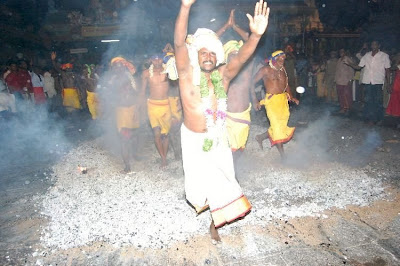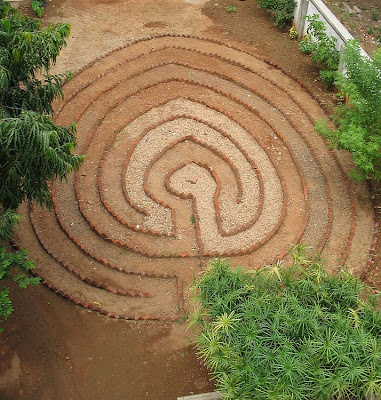The below story about ‘the quietest building in the world’, appeared in the world news last week and raises some interesting points. The story states that the reason for the room is to provide an environment for nanotechnology studies which, because of the microscopic size of the materials involved, require a complete stillness to facilitate the success of experiments. The developers of the room have been careful to ensure that its architecture prevents the penetration of echo and sound waves inside the building and that its environment contains almost zero vibration, acoustic and air movements.
So my question is what about thought? And just because ‘thought’ cannot be registered on a sound meter does that mean it doesn’t affect the environment? Is the difference between spirituality and worldliness – that the ‘world’ only believes in that which is measurable and related to the senses? Is the room really silent? Doesn’t every person that enters the room bring in a plethora of ‘noise’ in their thoughts? And how can ‘noise’ from thoughts affect substance? What do you think?
Read the below story to find out more about the ‘silent room’.
“A vibration-free nanoscience lab in the heart of a British city is being hailed as the quietest building in the world.
This highly distinctive, $21 million University of Bristol building opened on Monday and features an atrium dome that is shaped like a ‘bucky ball’, a molecular structure (resembling a football) composed entirely of carbon atoms.

Designed by Capita Architecture, the building also features self-cleaning glass and a basement that houses the ‘low noise’ area with a suite of ultra-low vibration nanoscience laboratories anchored to the rock below. Although technically complex, it has become ‘the quietest building in the world’ in terms of vibration performance.
Nanotechnology is the study of the manipulation and control of matter on an atomic and molecular scale. Materials studied are usually between one and 100 nanometers in size - up to one one-hundred-thousandth of the thickness of a piece of paper.
Because of the size of the materials involved complete stillness is essential to an experiment's success.”

















































